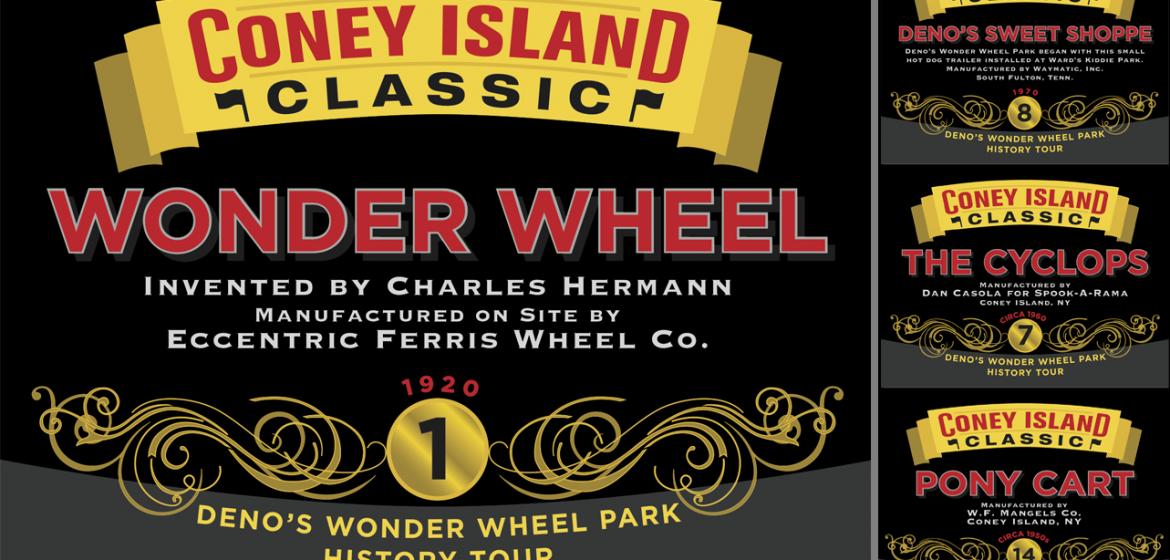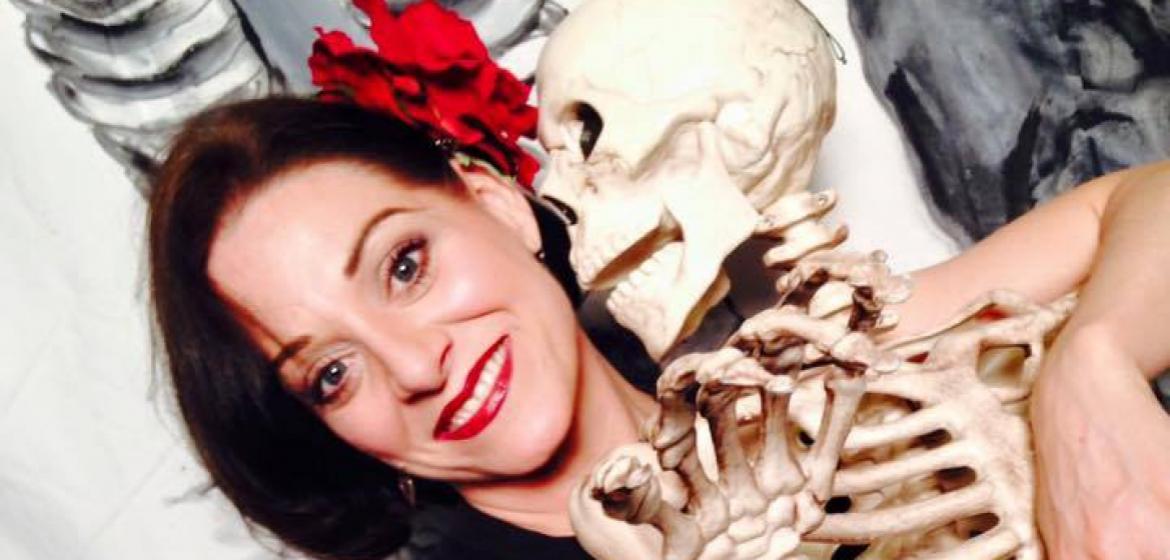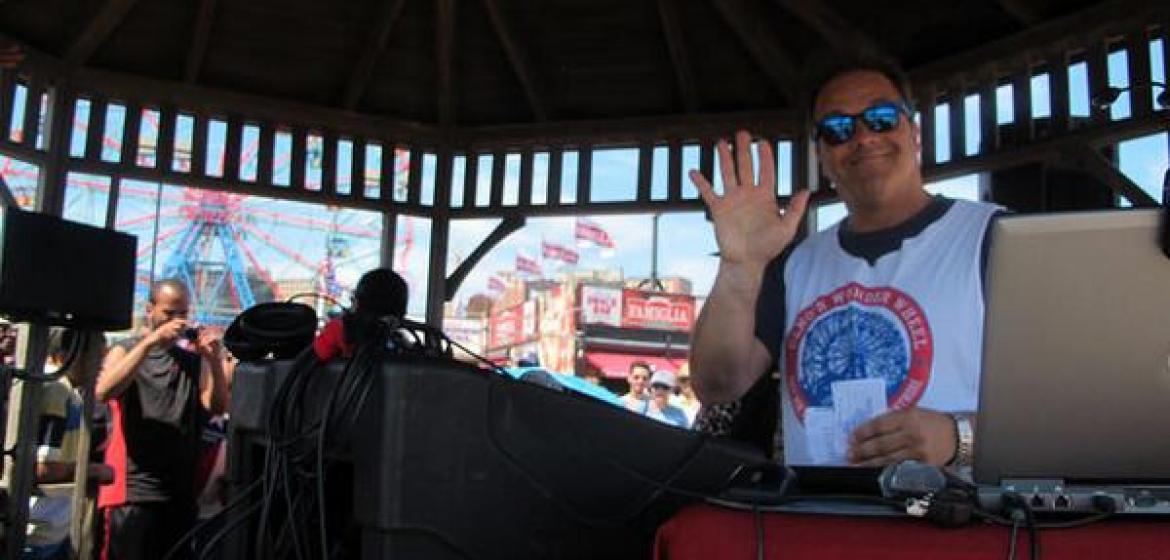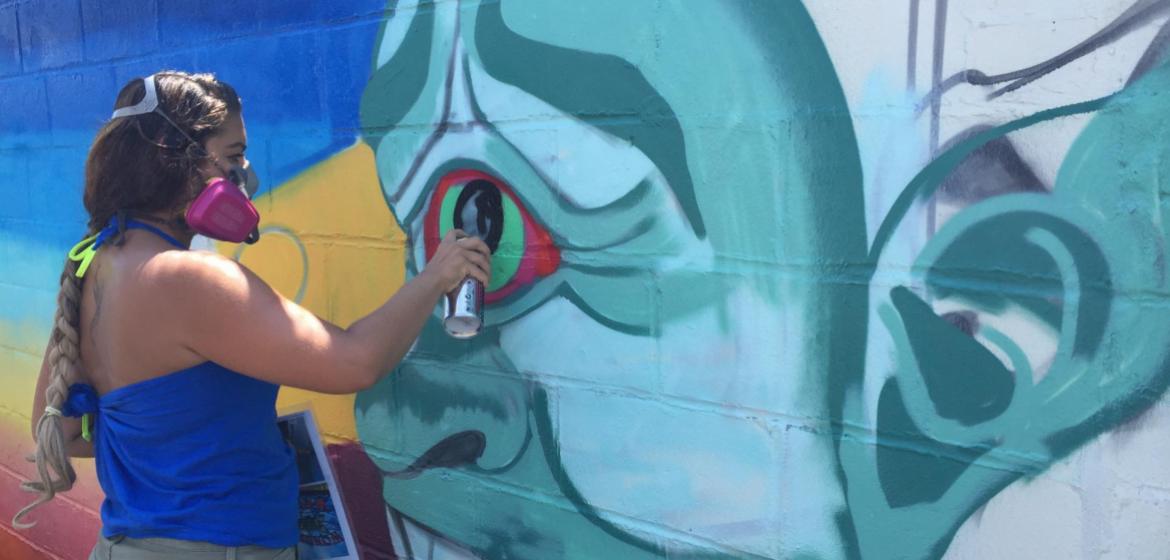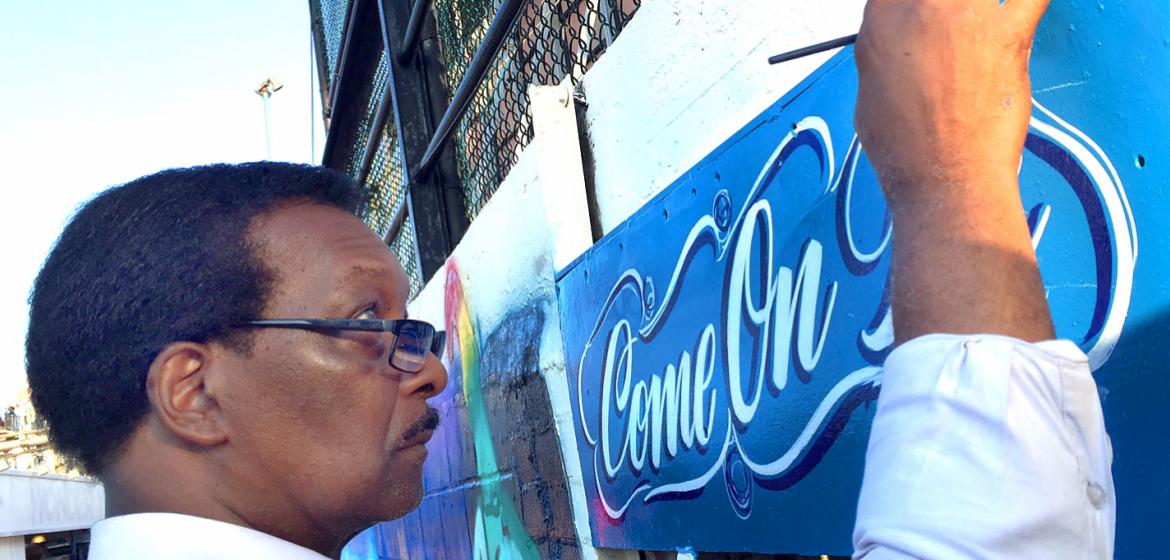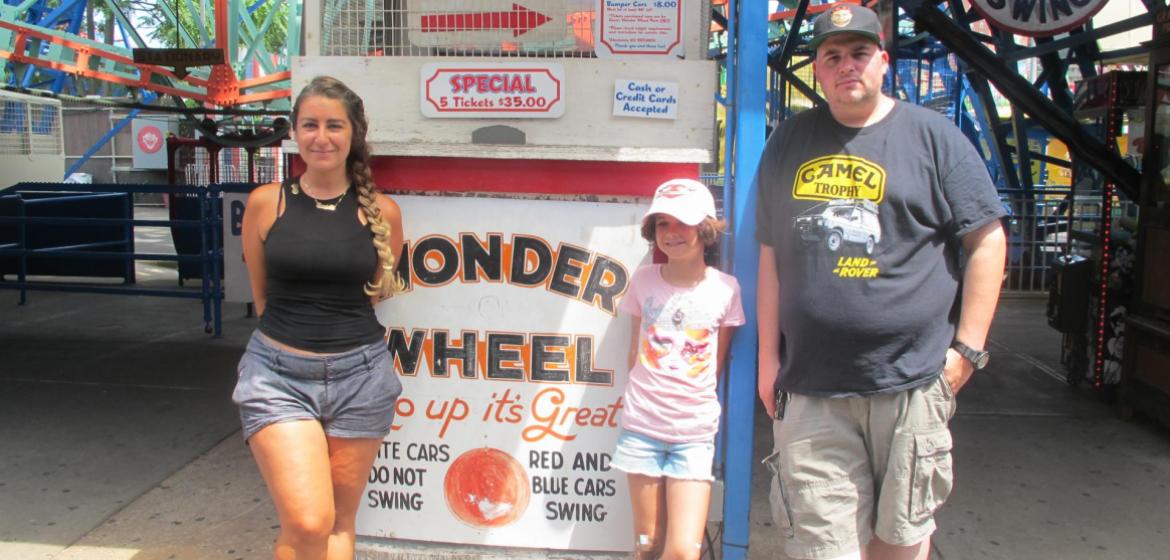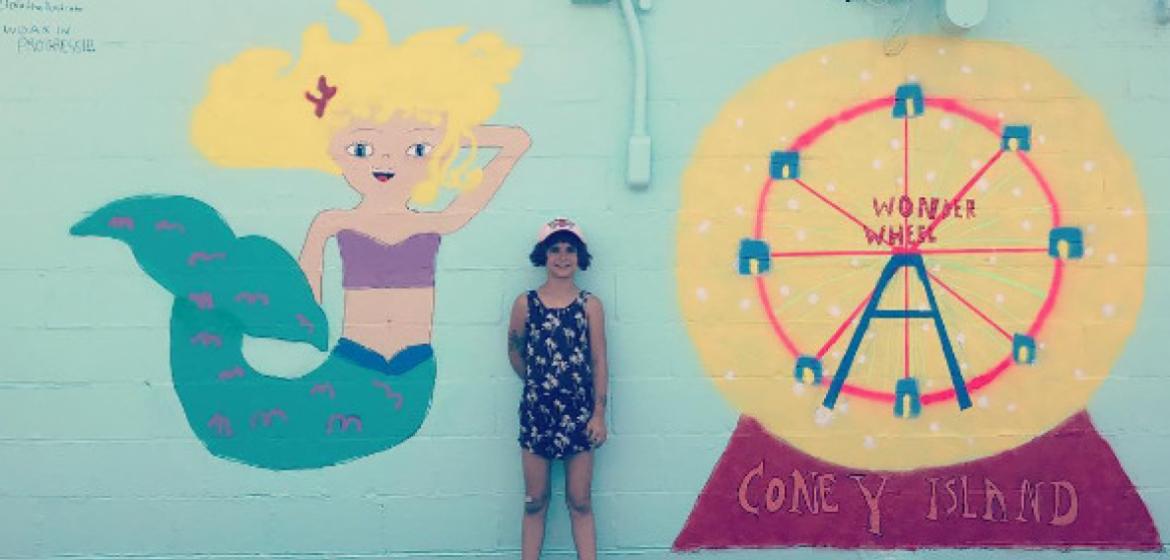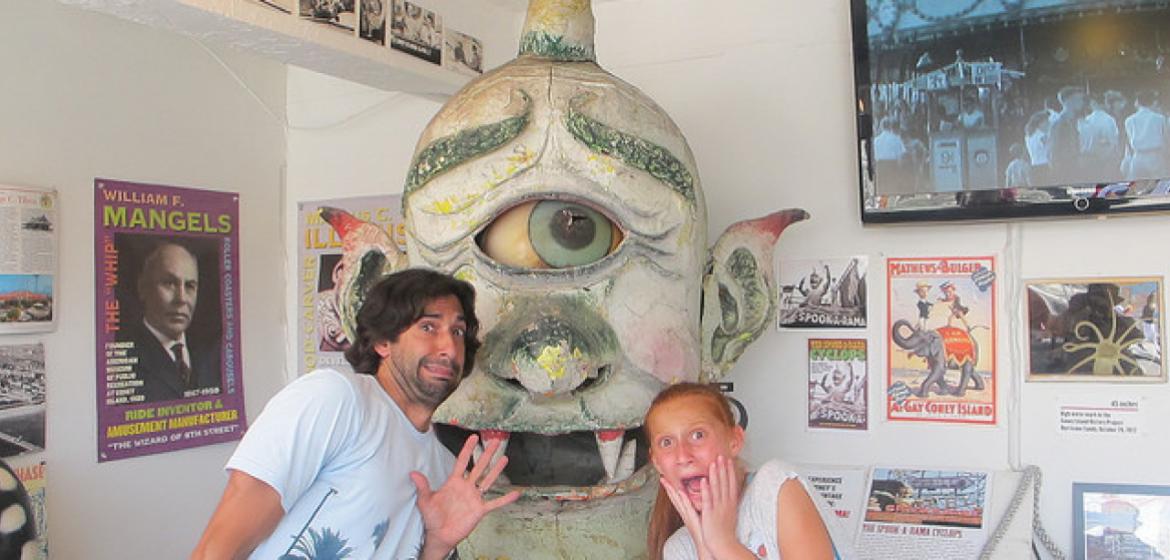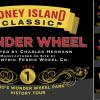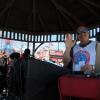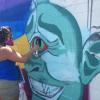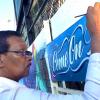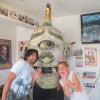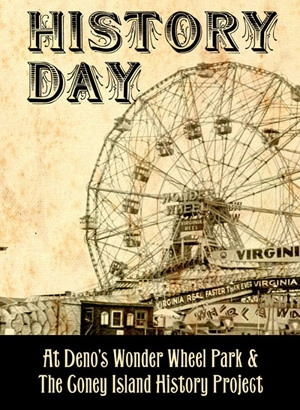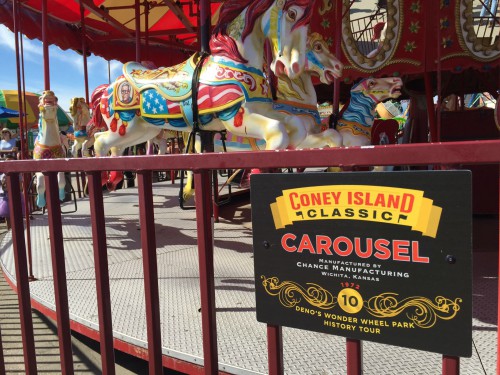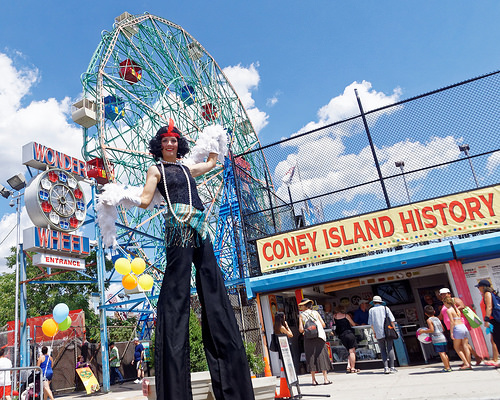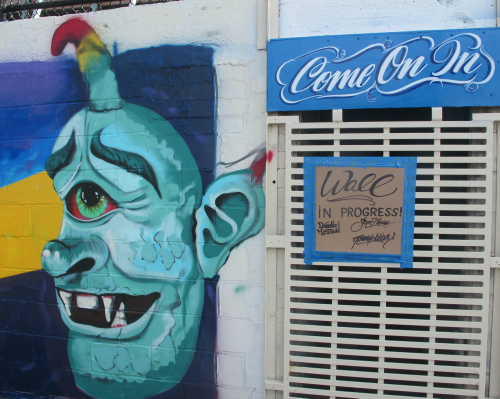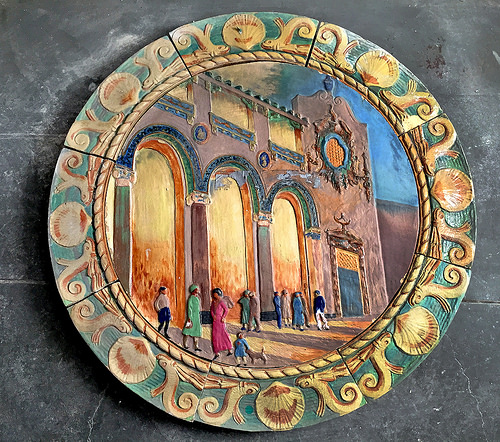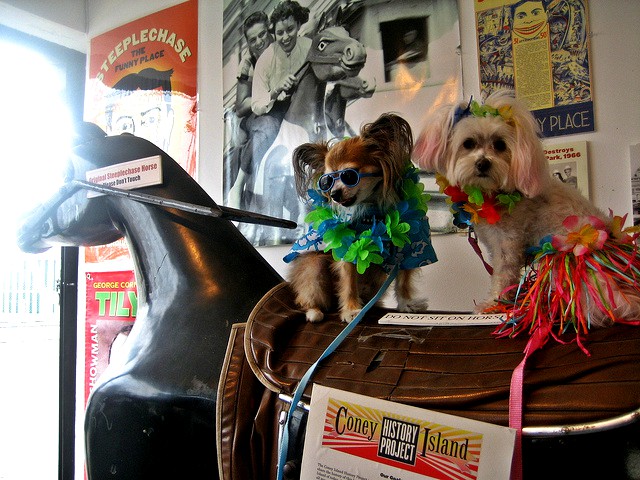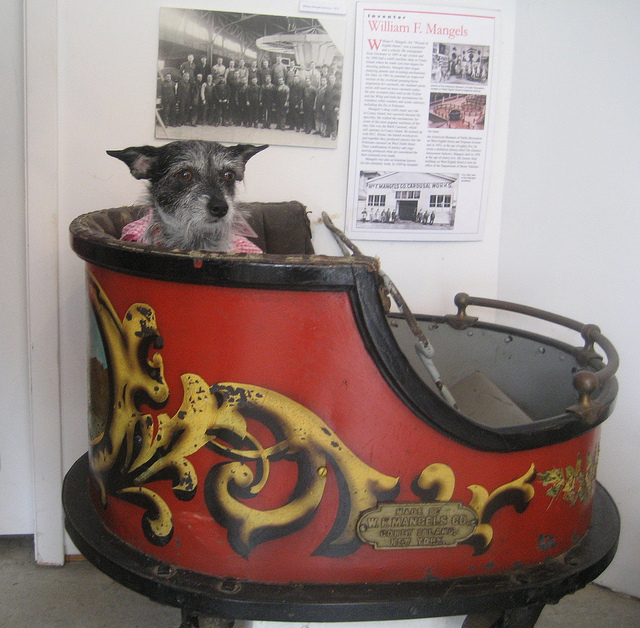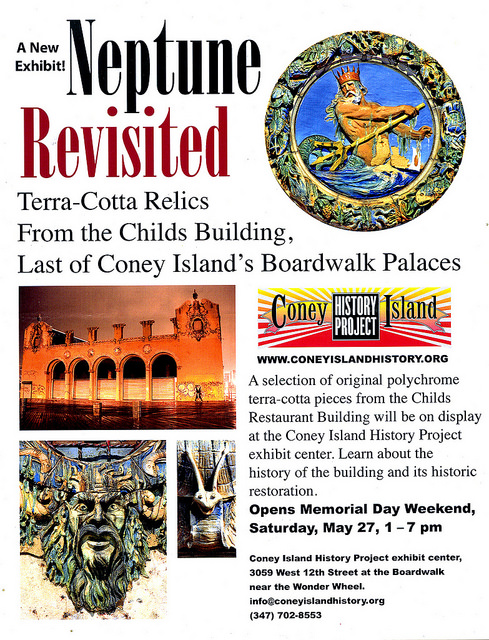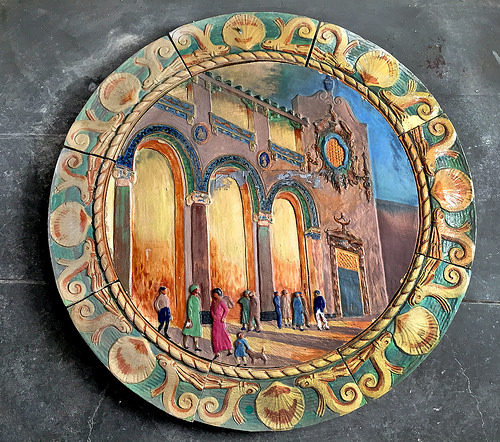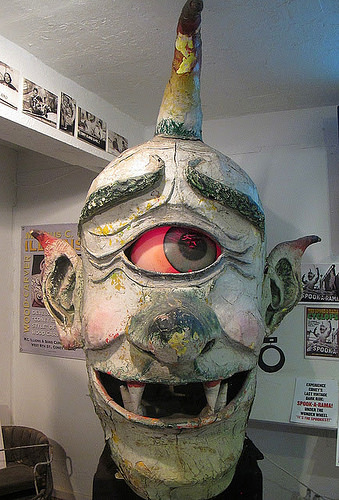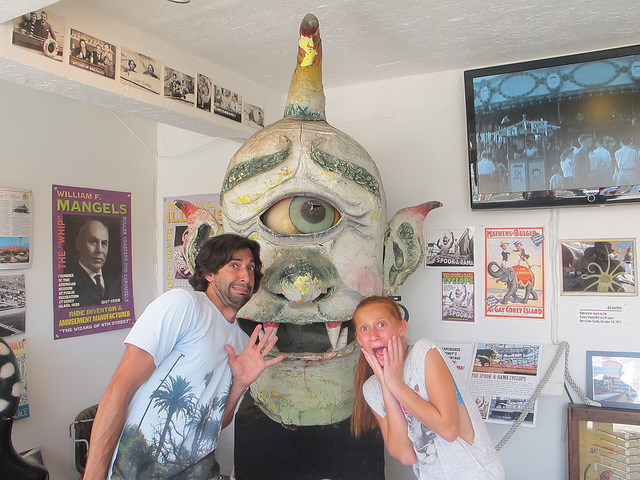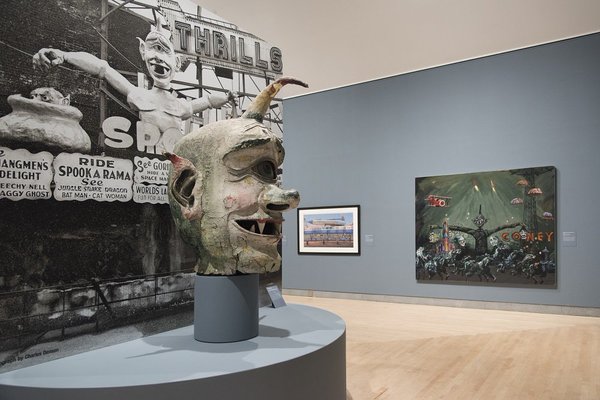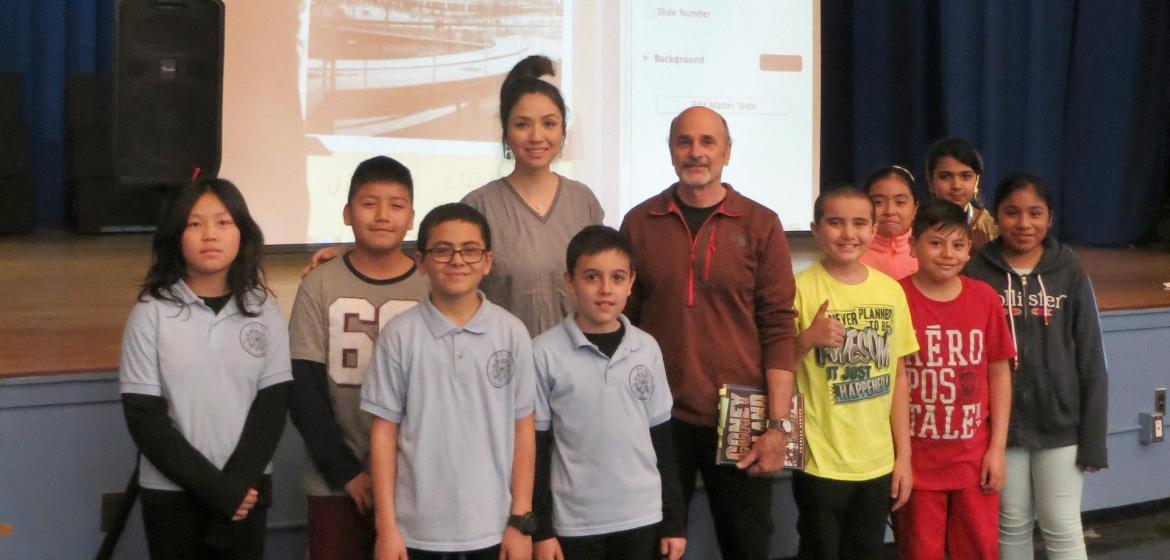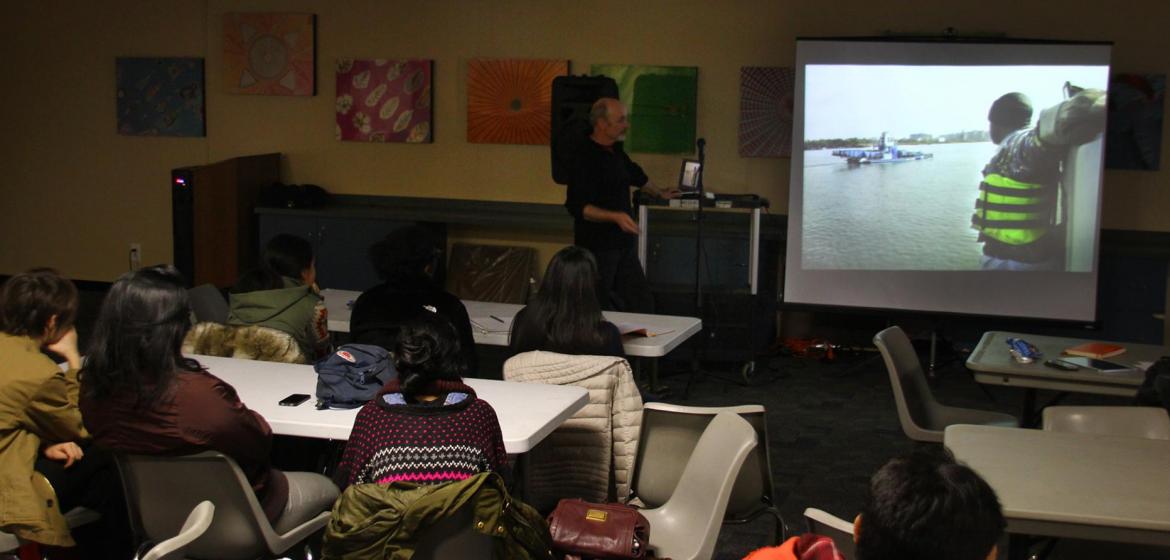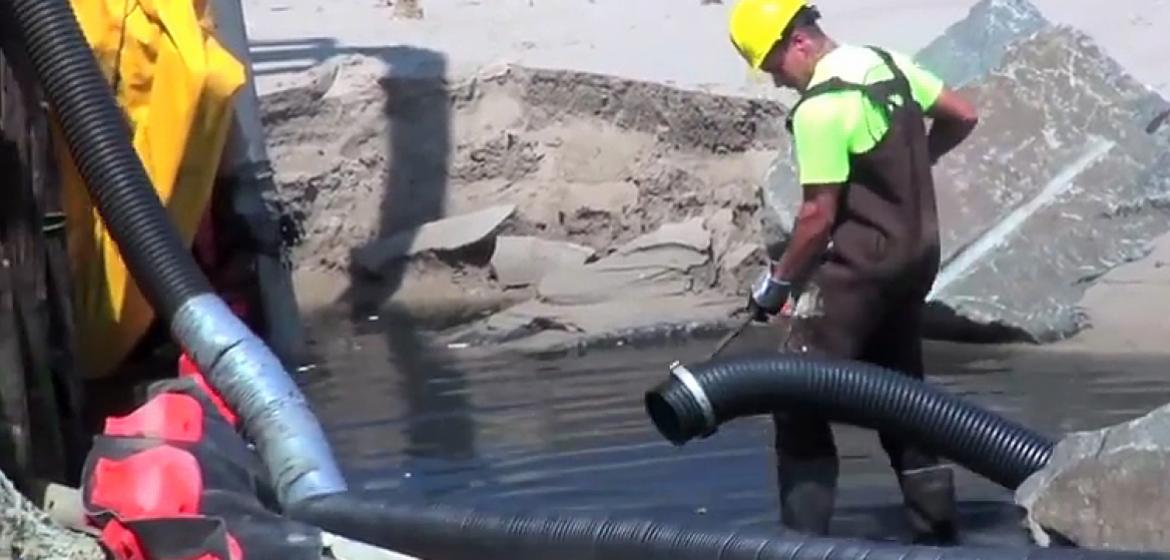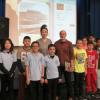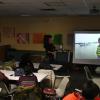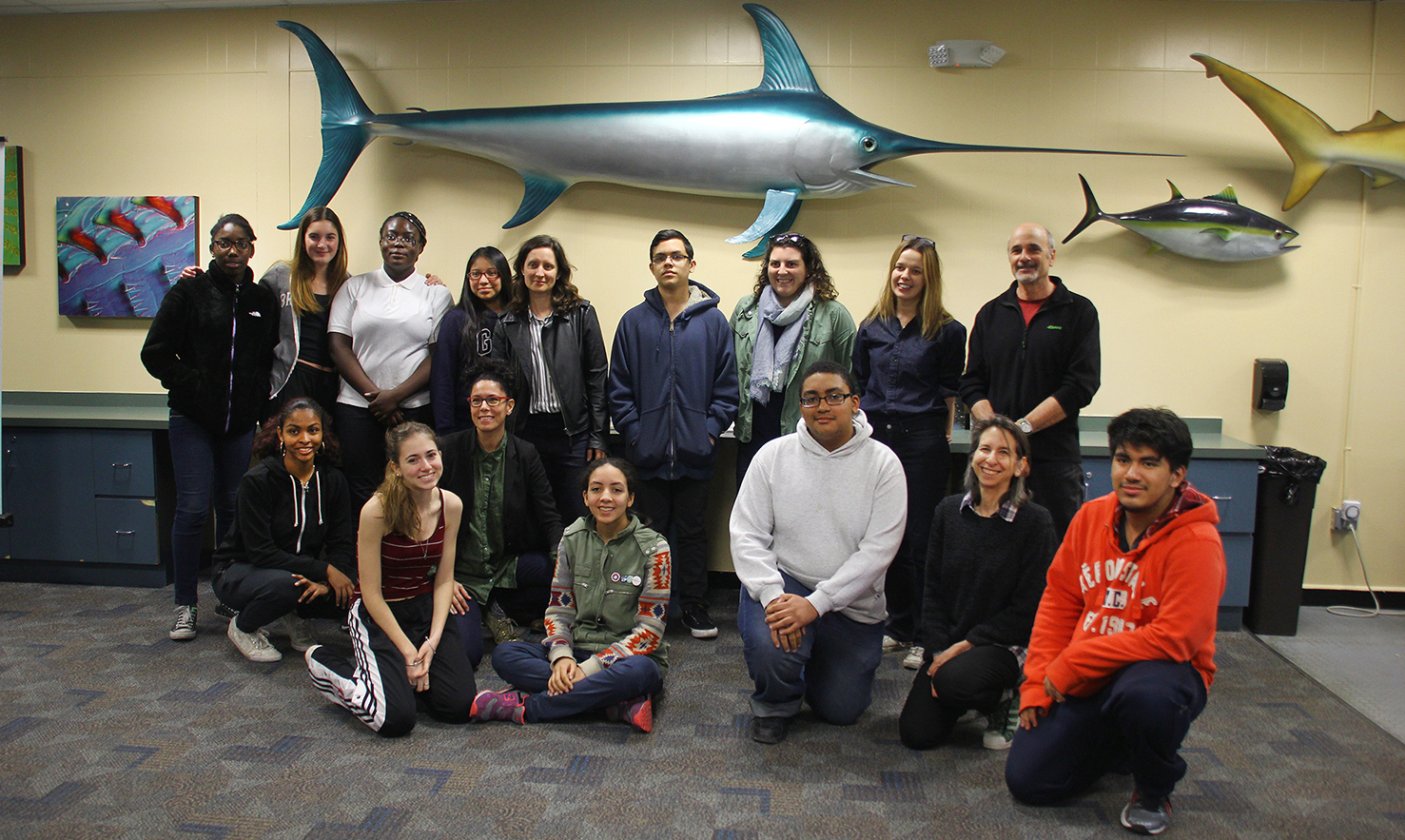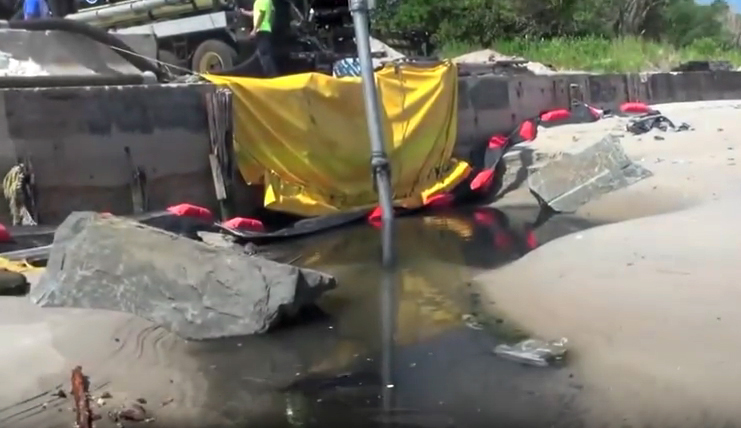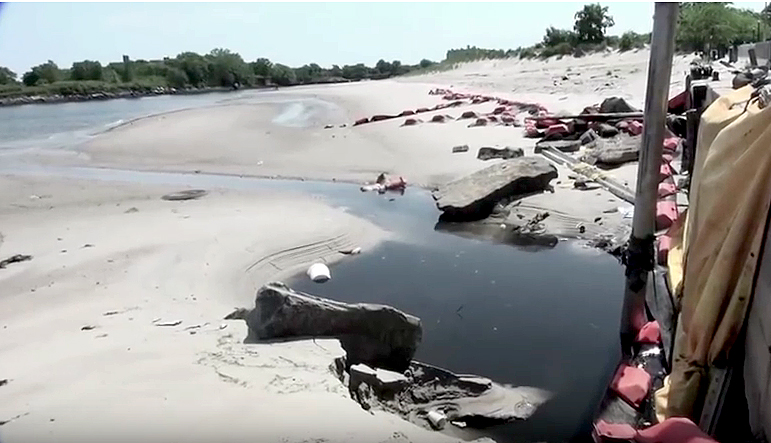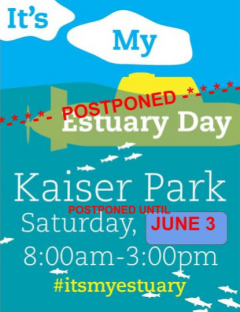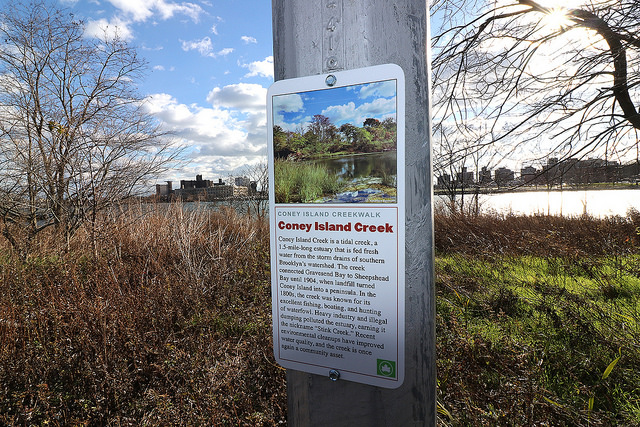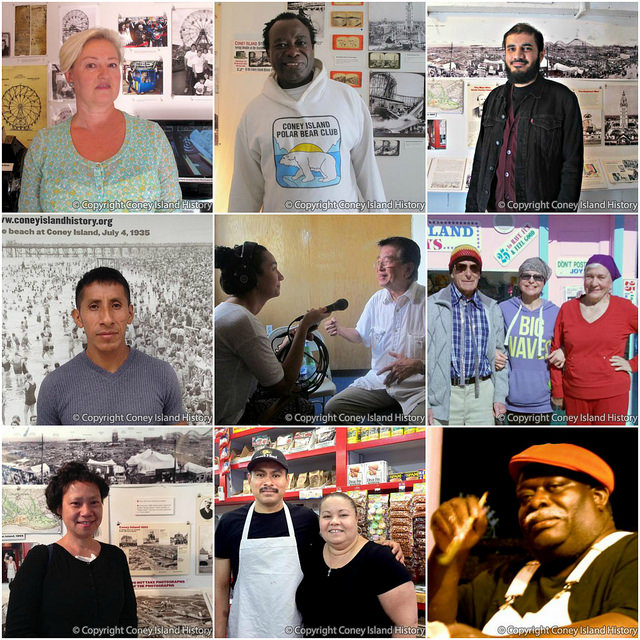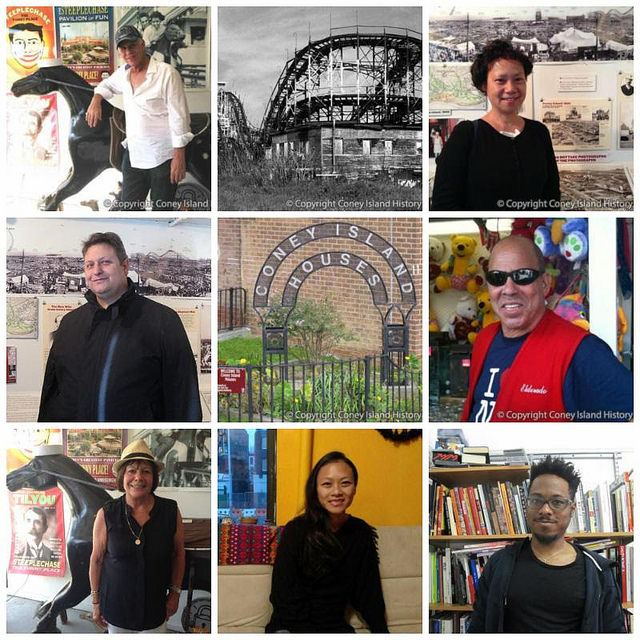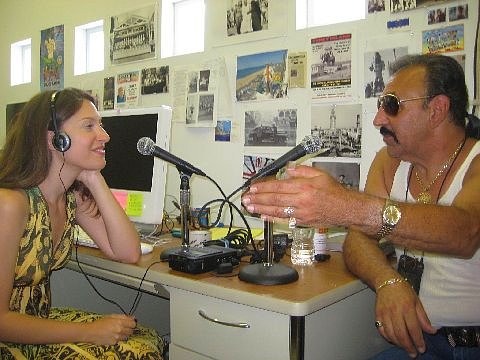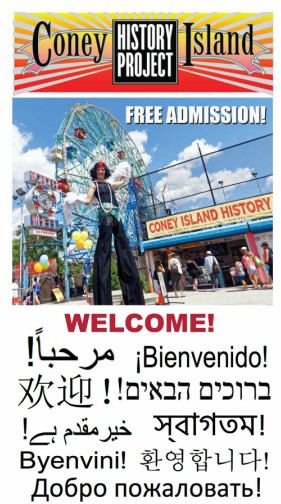
We’re excited to announce the debut of the Coney Island History Project's new multilingual brochure representing our organization’s cultural activities in 10 languages - Arabic, Bengali, Chinese, English, Haitian Creole, Hebrew, Korean, Russian, Spanish and Urdu. The languages selected are among the top ones spoken by ELLS (English Language Learners) in New York City schools. Reflecting the wonderful "Melting Pot" character of Brooklyn, the brochure was made possible with funds from the Destination>Brooklyn award. Promoting borough tourism, the program is funded by the Office of the Borough President Eric L. Adams and NYC & Co. Foundation, and administered by the Brooklyn Arts Council.
The idea for a multilingual brochure grew out of the History Project’s location in the heart of Coney Island. Tens of thousands of New Yorkers of every ethnicity as well as visitors from across the country and around the world walk by our free exhibit center on their way to the beach and boardwalk. Although we have signs that say “FREE,” it may not be clear to non-English speaking guests what kind of attraction we have and that there is no charge for admission. On many occasions, we’ve had very young children trying to interpret what we are saying for their parents or grandparents, with varying degrees of success.
"Our Exhibit Center is located at one of the most diverse crossroads in the entire city," says Coney Island History Project Executive Director Charles Denson. "We welcome visitors and immigrants from all over the world and make them feel at home by inviting them in and answering questions about Coney Island's history and future. Coney Island is truly the city's melting pot, where people from all walks of life can get together and enjoy fun and a day at the beach."
The new brochure has the word "WELCOME!" on the front as well as the following text in English and the nine selected languages:
“The Coney Island History Project is a not-for-profit organization that documents Coney Island’s legendary past and encourages appreciation of the neighborhood of today. Our exhibition center is located on West 12th Street at the entrance to the Wonder Wheel, just off the Boardwalk. View historic artifacts, photographs, maps and films on weekends and holidays from late May through the summer. Admission is free of charge. Share and preserve your memories of living, working or playing in Southern Brooklyn by recording an interview for our Oral History Archive. Visit http://www.coneyislandhistory.org to listen to interviews recorded in English and other languages and to learn more about our programs.”
The Coney Island History Project’s website has a Google translate feature so that visitors may view a translated version of our site in more than 100 languages. In addition, our online Oral History Archive has audio interviews recorded in English, Chinese, Russian, Spanish and Turkish. We continue to expand the multilingual character of our archive by seeking bilingual interviewers to conduct oral history interviews with immigrants who live or work in Southern Brooklyn.
Distribution of the Coney Island History Project’s multilingual brochure to libraries, community organizations and businesses is in progress and it is now available at the following locations:
Coney Island
Boardwalk: Brooklyn Beach Shop
Mermaid Avenue: Brooklyn Community Services, Coney Island Library, J&R Pharmacy, Mermaid Prime Meat, Wilensky's Hardware
Surf Avenue: Alliance for Coney Island, Coney Island Visitors Center in Stillwell Terminal
West 12th Street: Coney Island History Project, Deno's Wonder Wheel Amusement Park
West 15th Street: New York State Senator Diane Savino, 2872 W 15th St
West 37th Street: Jewish Community Council of Greater Coney Island, Coney Island Seaside Innovative Senior Center, 3001 W 37th St.
Brooklyn
Bay Ridge: Arab American Association of New York, 7111 5th Ave.
Bensonhurst: New York City Council Member Mark Treyger, 2015 Stillwell Ave.
Brighton Beach: Brighton Beach Library, 16 Brighton 1st Rd.
Downtown: Brooklyn Borough Hall, 209 Joralemon St.
DUMBO: Asian American Arts Alliance, 20 Jay St.; Brooklyn Arts Council, 20 Jay St.
Gowanus: Fifth Avenue Committee, 621 Degraw St.
Gravesend: Ulmer Park Library, 2602 Bath Ave.; United Chinese Association of Brooklyn, 78 Quentin Rd.
Manhattan
International Center of Catholic Charities Community Services, 80 Maiden Lane
NYC Department of Cultural Affairs, 31 Chambers St.
Porto Rico Importing Co. Coffee Store, 201 Bleecker St.
If you would like copies of the Coney Island History Project’s multilingual brochure at your business or organization or to make an appointment to record an oral history interview, please email events@coneyislandhistory.org.

